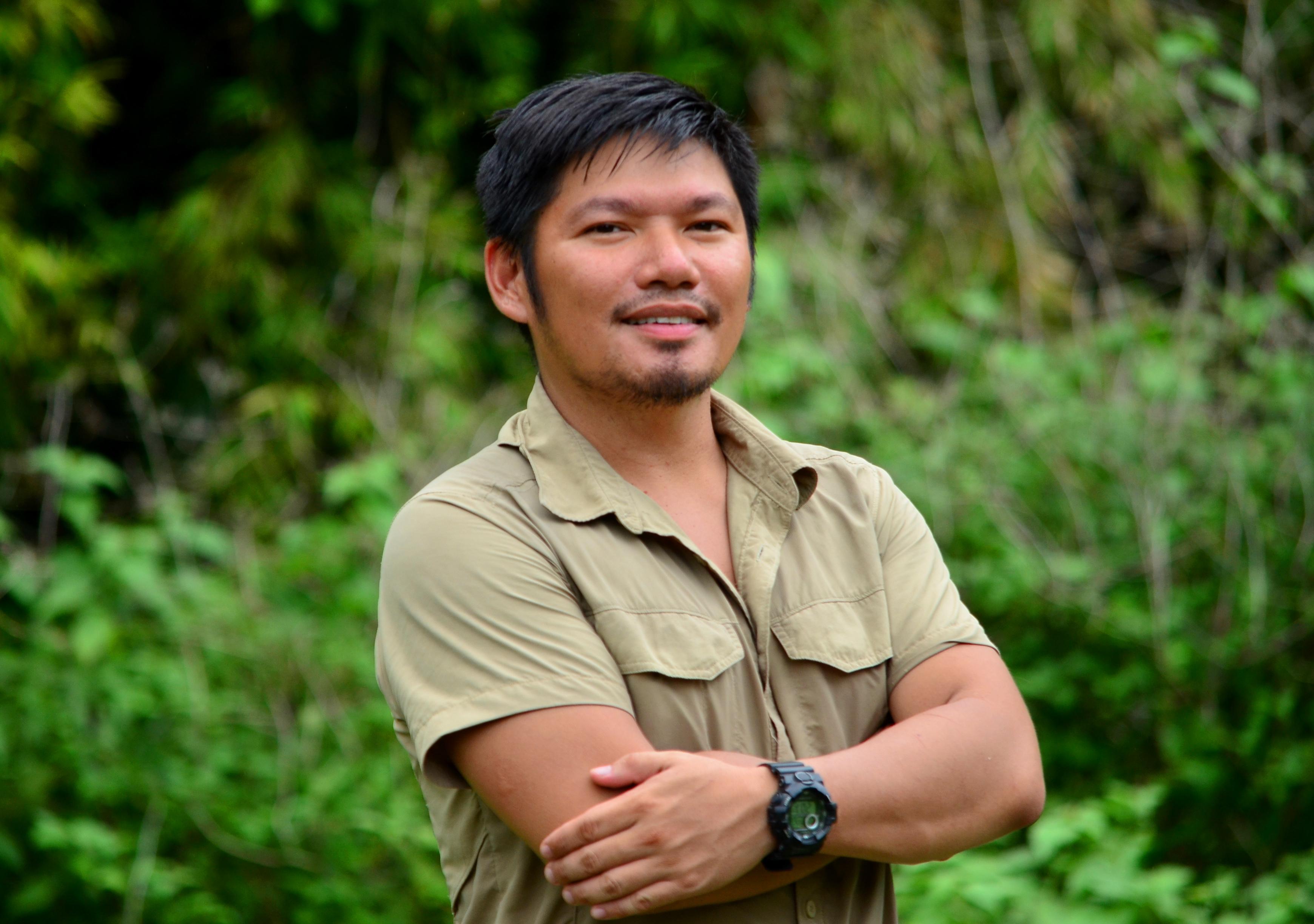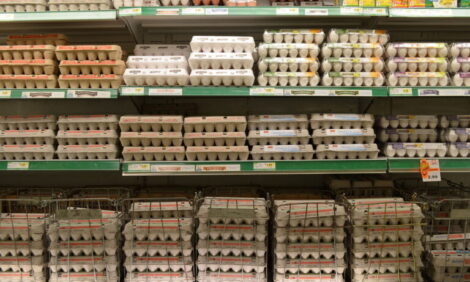



Why turkeys are so important to the Philippines’ poultry industry
It is said that the Philippines is what you would get by spending 300 years in a convent… and 50 years in Hollywood.Colonised by Spain in the 1500s and the United States of America in the 1900s, the country has developed a culture that seamlessly blends essential ingredients of these two nations with elements of its own. Poultry-wise, this combination might best be demonstrated by, of all things, the turkey – for Philippine turkeys directly trace their ancestry to these two colonisers.
Our story begins in the Mexican port of Acapulco, which linked the markets of Europe and Asia via the Manila galleon trade. In the mid-16th century, enterprising Spaniards brought pavo or Spanish turkeys aboard their cramped, leaking ships. Spanish turkeys, descended from the wild birds domesticated by the Aztecs and other Mesoamerican people over the previous 2,000 years, were small but tough – highly resistant to disease and always ready to lay a good clutch of eggs.
.JPG)
© Gregg Yan
Farmed alongside chickens in homesteads and barrios across the Philippines, they soon became familiar as pabo and flourished as free-range fowl, foraging in the brush for seeds, worms and insects.
Some 400 years passed, but turkey farming never really took off; it remained restricted mostly to backyard farms and private flocks. It was then that the Americans introduced new blood.
The Broad Breasted Bronze turkey is far larger and heavier than the Spanish-introduced turkey, growing to about 10kg. Unlike the scrappy South American, bird though, the newcomer came from colder climes, resulting in disease outbreaks, higher mortalities in Filipino flocks and smaller clutches of eggs. Both turkeys are predominantly brownish-black with a coppery sheen, adorned by white bars along the wings, tail and breast.
.JPG)
Turkeys have been cultured in the country since the mid-16th century, having been imported and bred by both Spanish and American colonisers. Numerous breeds are now farmed locally, with most tracing their ancestry to Spanish and Bronze turkeys © Gregg Yan
Together, these two birds provided the basis for turkey farms across the Philippines, which unlike chicken and duck farms, are still largely a niche market – a shame, since turkeys not only grow larger than chickens but are actually easier to raise and their meat is more expensive.
Turkey farming, Filipino style
“Pabo can do well just by foraging for insects or grains. As free-range animals, they require very little input and multiply quickly,” shares homesteader Jiaco Ordejan, who keeps a gobble, or group, of turkeys alongside free-range chickens and ducks by the foothills of Mt Timolan in Mindanao. “I mainly raise sheep and chickens, so I consider these turkeys more like pets.”
.JPG)
© Gregg Yan
Most farmers, however, find it best to breed turkeys in a fenced pasture protected by a covered shed. The majority of turkey breeds have well-honed free-range instincts and can forage by day and retire to a makeshift shelter at night or when the elements start getting too rough. Their diets should be augmented by grains, feed pellets, chopped fruits and vegetables. Feeding should take place twice daily, at around 9am and 4pm. A pasture with 4in- to 6in-high grass is ideal for grazing while clean water should be available 24/7. As an added benefit to crop farmers, turkeys act as natural pest-control mechanisms – hunting and picking out many of the bugs that deal damage to crops.
Turkeys are also excellent scavengers and are experts at finding spilled grains in newly-harvested rice and corn fields, minimising crop waste.
A shelter is necessary to protect against rain and can include nesting boxes on one side. The pasture perimeter can be rung by a natural palisade or wire fence to keep out palm civets, reticulated pythons, monitor lizards, dogs and other animals who would just love to have a free turkey dinner. As with all free-range grazing schemes, the pasture must be allowed to recover so several fenced-in fields should be allotted for your turkey flock. Each bird requires 2m to 3m square of space. As a general rule, the bigger the pasture, the better.
.JPG)
© Gregg Yan
According to Tekno-Tulong Greenfields, the ideal sex ratio would be 15 to 20 hens for every tom, or adult male, guaranteeing continuous egg-laying. Prospective breeders should be selected for strength, vigour and vitality. Healthy birds should display clean, glossy plumage contrasted with a bright red head and colourful wattles.
Healthy hens can lay around 40 eggs per year. The eggs weigh about 90g and can be gathered each summer, usually from April through May. The eggs, however, are fragile and can be crushed by the weight of the hens, so farmers must quickly gather and hatch them separately in an incubator. To induce continual egg-laying, farmers can place one fake turkey egg per nest (plastic Easter eggs, cement-coated chicken eggs and even old golf balls will do). Empty nests might force hens to find new “secret nesting spots”, making egg collection more difficult.
.jpg)
© Gregg Yan
Turkey eggs are large, mottled and tapered on one end. The eggs have an incubation period of 28 days and are hatched similarly to chickens’. The ideal temperature for hatching would be 37.5°C. The poults or chicks should be raised in a warm, protected brooder area for 26 to 28 weeks.
Diseases to watch for are sinusitis, fowlpox, pests and parasites. These are best treated preventively – by providing them with a good pasture, ample space, clean water, food and shelter from blistering summer rays and chilly monsoon rains.
Beef alternative
Turkey meat is an excellent source of protein and is considered by many as a healthier and more cost-effective alternative to beef, with a similar taste and texture to lean meat. “In terms of nutrition, ground turkey and ground beef are comparable,” says Allison Hueschen, a dietitian for UnityPoint Health. “Most people really can’t tell the difference in mixed dishes.”
Two of the biggest challenges in marketing turkeys in the Philippines are price and size. Dressed turkey meat sells for around 350 pesos or US$7 per kilogram, about three times the price of chicken. Dressed turkeys average 3kg, so a bird costs upwards of 1,000 pesos or $20, a hefty sum for a typical Pinoy family, which typically consumes less than a kilogram of meat per meal.
People in the Philippines also do not have a tradition of serving turkey during Thanksgiving, Christmas or other holidays. Rising purchase power, however, is allowing for a gradual dietary shift, with more people experimenting with Western-style diets. For example, roast turkey is now typically included in an upscale buffet spread. Following global trends, health-conscious consumers are also opting for healthy alternatives, with turkey touted as a good choice.
Another good marketing solution is offered by meat processors. Converting whole dressed turkeys into turkey patties, hotdogs and choice cuts can make these big birds more accessible to the average Filipino consumer who often can’t buy, store and eat a 3kg hunk of meat; it also gives turkey meat greater market value and a longer shelf-life.
Steeped in such rich history, these big birds will always provide Pinoy free-range farmers with a plus-sized dose of opportunity – that is, if they’re creative enough to gobble it up.









